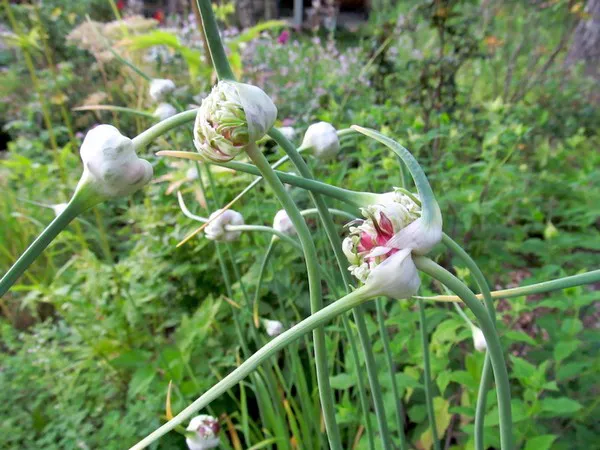Maintaining a beautiful and thriving garden is a rewarding endeavor. However, it can be disheartening when pests invade your carefully cultivated space, causing damage to plants and disrupting the harmony of your outdoor sanctuary. Understanding what attracts pests in the garden is essential for effective pest control and prevention. By identifying and addressing these attractants, you can create an environment that is less inviting to pests. In this article, we will explore the various factors that attract pests in the garden and provide insights into how to mitigate their impact.
1. Food Sources
Food availability is a significant factor that attracts pests to your garden. Insects, rodents, and other pests are naturally drawn to plants that provide them with nourishment. The presence of ripe or decaying fruits, vegetables, and flowers serves as a buffet for many pests.
To reduce the attractiveness of your garden as a food source, it is crucial to practice good garden hygiene. Regularly harvest ripe produce and promptly remove any fallen or decaying fruits and vegetables. Clean up plant debris and fallen leaves, as they can provide hiding places and breeding grounds for pests. By eliminating or minimizing food sources, you can discourage pests from establishing a presence in your garden.
2. Moisture and Standing Water
Moisture is a vital requirement for the survival and reproduction of many pests. Inadequate drainage, overwatering, and the presence of standing water create favorable conditions that attract pests such as mosquitoes, slugs, and snails.
To reduce moisture and standing water, ensure proper drainage in your garden beds by amending the soil with organic matter and avoiding overwatering. Consider using soaker hoses or drip irrigation systems to deliver water directly to plant roots, minimizing excess moisture on the surface. Regularly inspect your garden for areas where water may accumulate and address any drainage issues promptly. By maintaining appropriate moisture levels, you can discourage pests from taking up residence in your garden.
3. Shelter and Planting Design
The layout and design of your garden can influence pest attraction. Planting choices and the presence of sheltered areas can create inviting environments for pests. Dense, overcrowded plantings provide ideal conditions for pests to thrive, as they offer shelter, humidity, and easy access to neighboring plants.
To discourage pest activity, practice proper spacing between plants to promote good airflow and reduce humidity. Avoid overcrowding by giving plants adequate room to grow and develop. Regularly thin out dense foliage to increase sunlight penetration and discourage pests that prefer shady, humid conditions. By implementing thoughtful planting design and spacing, you can create an environment that is less attractive to pests.
4. Unhealthy Plants and Weaknesses
Pests are often attracted to weak and unhealthy plants. Plants that are stressed, diseased, or nutrient deficient are more susceptible to pest infestations. Pests can sense the vulnerability of these plants and exploit their weakened defenses.
To minimize pest attraction, prioritize plant health and vitality. Provide plants with appropriate cultural care, including proper watering, fertilization, and pruning. Regularly inspect your plants for signs of stress, disease, or nutrient deficiencies, and take prompt action to address any issues. By maintaining robust and healthy plants, you decrease their vulnerability to pests and create an environment that is less attractive to infestations.
5. Lack of Natural Predators
A lack of natural predators can contribute to increased pest populations in the garden. Beneficial insects, birds, and other creatures play an essential role in keeping pest populations in check. When the natural balance is disrupted, pests can multiply unchecked and cause significant damage.
To encourage natural predators in your garden, provide habitats and food sources for beneficial insects and birds. Incorporate diverse plantings to attract a wide range of beneficial insects. Install birdhouses, birdbaths, and feeders to attract birds that feed on pests. Avoid using broad-spectrum pesticides that can harm beneficial organisms. By promoting a healthy and diverse ecosystem, you can harness the power of natural predators to control pest populations.
Conclusion
Identifying and mitigating factors that attract pests in the garden is crucial for effective pest control and prevention. By addressing food sources, managing moisture levels, promoting plant health, implementing thoughtful planting design, and encouraging natural predators, you can create an environment that is less inviting to pests. Implementing these strategies will not only help protect your garden from infestations but also reduce the need for chemical pesticides, promoting a healthier and more sustainable approach to gardening. Remember, early detection and prompt action are key in preventing and managing pest problems in the garden.


